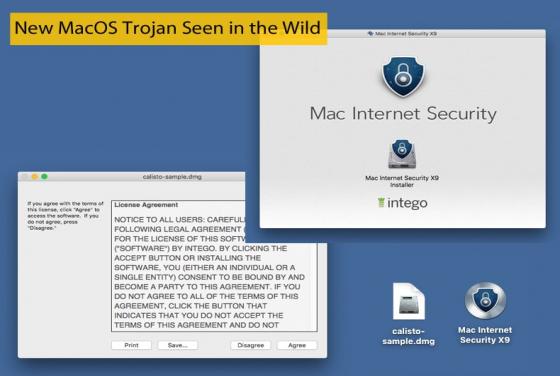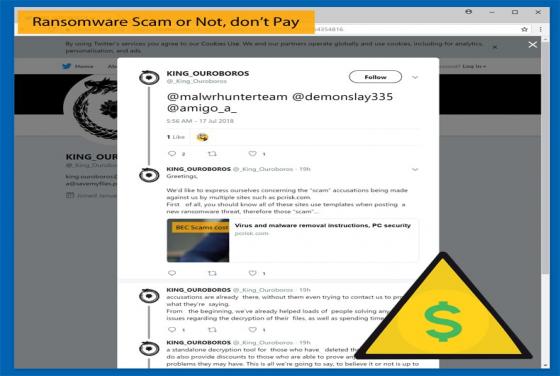

Foreshadow: What you need to know
The start of the year seemed to open with a bang on the cybersecurity news front. The Spectre and Meltdown vulnerabilities made headlines with fears that they could be as bad, if not worse, than the previous Heartbleed vulnerability that made its mark on CPUs previously. Since then every now and the








